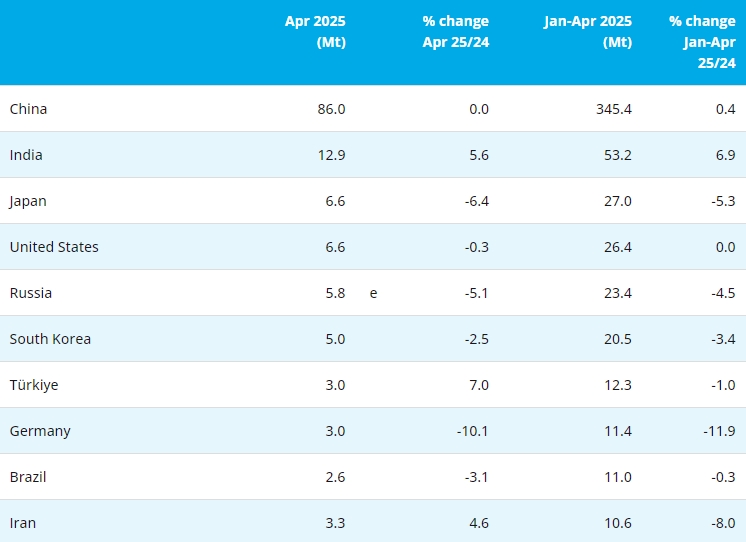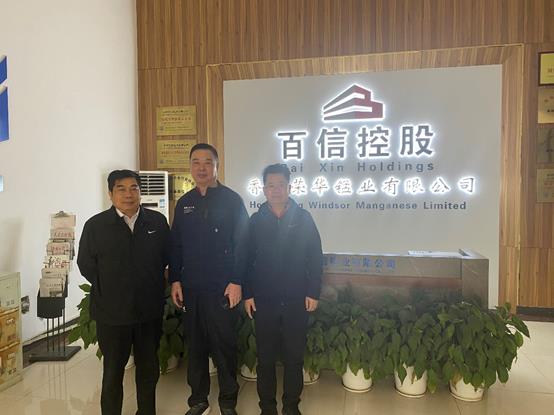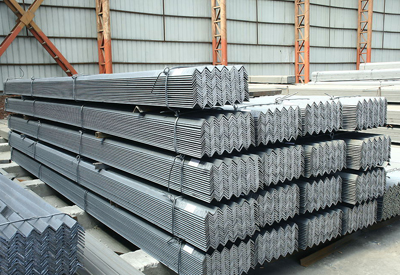Proactive Investors reported that Tasman Metals exceeds its 50 day average trading volume sending shares higher Tasman Metals exceeds its 50 day average trading volume sending shares higher Friday January 18th 2013.
Tasman Metals surged nearly 8% as investors eager for a pre feasibility study on the Norra Karr heavy rare earth element zirconium project pushed volumes up to 201,181 exceeding the company’s 50 day average volume of 49,682 .
Shares of rare earth explorer were higher by 7.89% as at about 2:40 p.m. EDT trading at USD 1.23.
The company has said its upcoming pre feasibility study will include an updated NI 43 101 resource calculation.
Tasman in November 2012 said it had advanced mineral processing at the Norra Karr project in Sweden based on optimization results from expanded metallurgical testing.
Highlights included high recovery of rare earth elements in a low mass during combined flotation and magnetic separation tests including 82.5% yttrium oxide and 76.9% total rare earth oxide recovered in only 25.2% of the original mass.
Various scenarios combining flotation and magnetic separation were tested.
It also saw a high recovery of rare earth elements in magnetic separation tests on 3 major ore types from the project.
Eudialyte was confirmed as the only rare earth element bearing mineral present in more than trace abundance in all ore types.
Tasman said in addition all major ore types were shown to be mineralogically indistinguishable when ground to 500 micron suggesting geological variation across the ore body is unlikely to affect processing behaviour
Flotation test work was also very successful the company noted in separating the common iron-bearing aegirine from eudialyte using commercial reagent.
The project’s preliminary economic report for Nora Karr was based on an open pittable recoverable resource of 58.1 million tonne grading 0.59% total rare earth oxide where 50.0% of the TREO is the high value heavy rare earth oxide and 1.70% zirconium oxide in the inferred and indicated categories.
The report assumed a mining rate of 1.5 million tonne per year with average TREO recoveries of 80% and average zirconium recovery of 60%.
Average annual mixed TREO concentrate production was forecast to be 6,800 tonne including 290 tonne of dysprosium oxide 43 tonne of terbium oxide, 773 tonne of neodymium oxide and 2,360 tonne of yttrium oxide.
The project is one of the largest and most economical projects among its peers due to the high contribution of the high value rare earth elements like dysprosium, yttrium, neodymium and terbium.
Demand for dysprosium is expected to soar over the next decade from both the traditional automotive and emerging electric car and wind turbine industries.
Tasman Metals also has the Olserum project which it acquired in 2011 and is located 100 kilometres east of Norra Karr.
Tasman Metals surged nearly 8% as investors eager for a pre feasibility study on the Norra Karr heavy rare earth element zirconium project pushed volumes up to 201,181 exceeding the company’s 50 day average volume of 49,682 .
Shares of rare earth explorer were higher by 7.89% as at about 2:40 p.m. EDT trading at USD 1.23.
The company has said its upcoming pre feasibility study will include an updated NI 43 101 resource calculation.
Tasman in November 2012 said it had advanced mineral processing at the Norra Karr project in Sweden based on optimization results from expanded metallurgical testing.
Highlights included high recovery of rare earth elements in a low mass during combined flotation and magnetic separation tests including 82.5% yttrium oxide and 76.9% total rare earth oxide recovered in only 25.2% of the original mass.
Various scenarios combining flotation and magnetic separation were tested.
It also saw a high recovery of rare earth elements in magnetic separation tests on 3 major ore types from the project.
Eudialyte was confirmed as the only rare earth element bearing mineral present in more than trace abundance in all ore types.
Tasman said in addition all major ore types were shown to be mineralogically indistinguishable when ground to 500 micron suggesting geological variation across the ore body is unlikely to affect processing behaviour
Flotation test work was also very successful the company noted in separating the common iron-bearing aegirine from eudialyte using commercial reagent.
The project’s preliminary economic report for Nora Karr was based on an open pittable recoverable resource of 58.1 million tonne grading 0.59% total rare earth oxide where 50.0% of the TREO is the high value heavy rare earth oxide and 1.70% zirconium oxide in the inferred and indicated categories.
The report assumed a mining rate of 1.5 million tonne per year with average TREO recoveries of 80% and average zirconium recovery of 60%.
Average annual mixed TREO concentrate production was forecast to be 6,800 tonne including 290 tonne of dysprosium oxide 43 tonne of terbium oxide, 773 tonne of neodymium oxide and 2,360 tonne of yttrium oxide.
The project is one of the largest and most economical projects among its peers due to the high contribution of the high value rare earth elements like dysprosium, yttrium, neodymium and terbium.
Demand for dysprosium is expected to soar over the next decade from both the traditional automotive and emerging electric car and wind turbine industries.
Tasman Metals also has the Olserum project which it acquired in 2011 and is located 100 kilometres east of Norra Karr.
Copyright © 2013 Ferro-Alloys.Com. All Rights Reserved. Without permission, any unit and individual shall not copy or reprint!
- [Editor:editor]



 Save
Save Print
Print Daily News
Daily News Research
Research Magazine
Magazine Company Database
Company Database Customized Database
Customized Database Conferences
Conferences Advertisement
Advertisement Trade
Trade







 Online inquiry
Online inquiry Contact
Contact

Tell Us What You Think